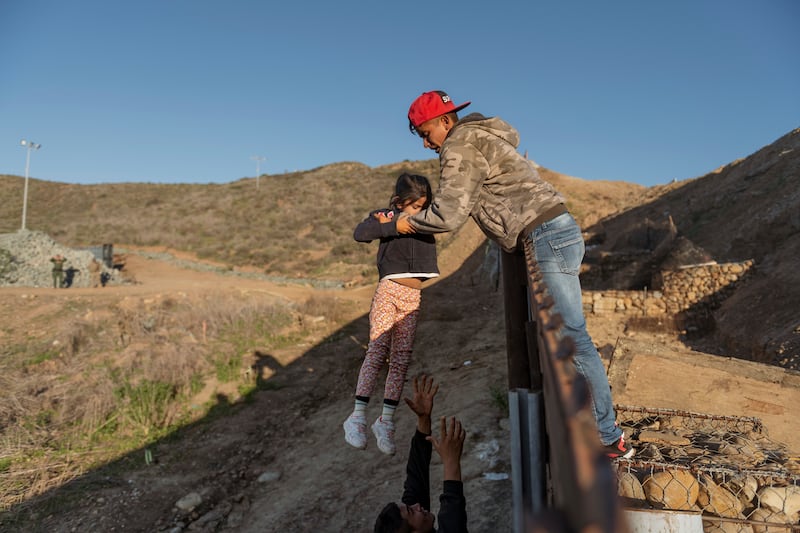The U.S. Justice Department reached a settlement on Monday in a 2018 class action lawsuit over family separation at the southern border, according to the Department of Justice.
“The proposed settlement agreement is subject to final approval by the district court after notice to the class and an opportunity to object,” per DOJ.
This settlement is a reaction to the Trump administration’s “zero-tolerance policy” that saw the separation of young children from their families after they crossed the border into the U.S., per USA Today.
NBC reported that 4,000 migrant children were separated from their parents under the previous policy.
CourtListener released the joint motion outlining how relief will be extended to disconnected families and the case’s history.
What relief measures are being taken to reunite separated families?
The joint motion includes relief helping families reestablish themselves, facilitate asylum applications and gain access to programs providing legal help.
Reestablishment aid includes “housing and medical assistance, parole, work authorization, and (in some cases) travel assistance from abroad.”
Facilitation of asylum applications includes “USCIS guidance concerning the asylum claims of separated families and a review process for their applications involving specially-trained asylum officers.”
Access to programs facilitating legal help also include “outreach programs to contact those who may not be aware of their rights and or reunification options,” per the joint motion.
What is the history of Trump’s family border separation case?
In June 2018, the court issued an injunction preventing family separation unless the parents were deemed unfit or a danger to the child. Family reunification efforts were also subsequently implemented.
In February 2021, President Joe Biden “ordered the formation” of the Family Reunification Task Force through the Department of Homeland Security, working to bring families back together that had been intentionally separated.
In March 2021, ongoing and inclusive settlement negotiations began in order to resolve pending issues involving various government agencies, stakeholders and advocates.
USA Today reported the settlement would apply to more than 4,400 if approved, and would bar the federal government from enacting a similar policy.


